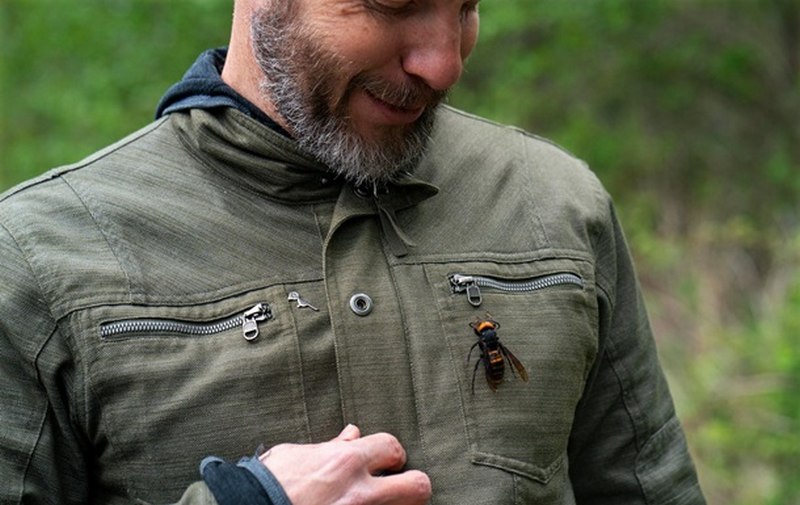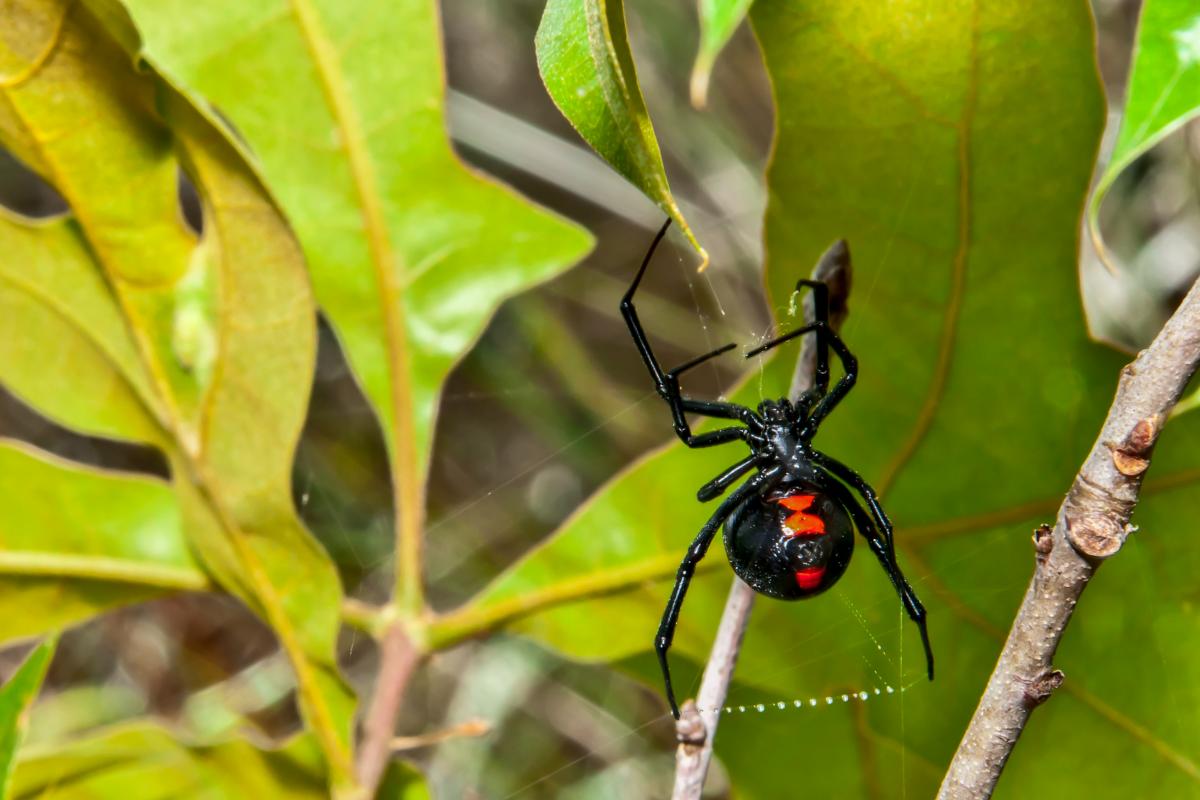Travel expert Christopher Knipe has warned tourists heading to popular European destinations this summer about the dangerous wildlife that lives there.
Especially many “creeping” dangers threaten travelers in Spain, France, and other hot countries, Express writes.
“We have but one venomous snake in the islands (Great Britain and Ireland – ed.), and our native insects and arachnids are quite harmless. The same may generally be said of most European countries. However, the hotter climate has produced some more unpleasant crawling creatures, from which unsuspecting families should stay away, especially when you’re in the middle of nowhere,” Knipe said.
1. Asian hornet (France and Spain). Although the Asian hornet originally lives in Southeast Asia, it still reached France in 2003 and Spain around 2010. They are not prone to excessive aggression but may sting if they feel threatened or if their nest is attacked. Hornets are usually about 3-4 cm long, but queens can be longer than 5 cm.

2. Long-nosed viper (South-Eastern Europe). Tourists traveling to such countries as Hungary, Austria, Italy, or northern Albania should beware of the long-nosed viper (by the way, there are also many vipers in Ukraine, especially in the Carpathians – ed.). The small viper can be seen on farms, in open fields, and on rocky slopes, but is very unlikely to be seen in the city. In extreme cases, the bites of a long-nosed viper can be fatal, but the chances of survival with timely medical assistance are quite high.
3. Pine cocoon (Spain and other European countries). Although these caterpillars look cute and fluffy, they can be extremely dangerous to children and dogs. Their “fluffy” hairs are toxic and can cause rashes, eye irritation, coughing, and allergic reactions. The hairs of the caterpillar are also blown by the wind.
4. Mediterranean watering can spider (Mediterranean coastal areas). This spider got its name because of its vomit-shaped web. It is one of the largest spider species in Europe – female spiders are about 3 cm long and usually larger than males. These spiders are active all year round and their bites can be very unpleasant, so it is best to avoid them.

5. Spider – black widow (France, Mediterranean, Central Asia). This spider is active in Corsica, Provence and along the Atlantic coast and is the most dangerous arachnid in France. Black widow venom is about 15 times stronger than rattlesnake venom and has serious consequences: it can damage the nervous system, cause hallucinations or even behavioral disorders. However, most victims recover without serious complications.
As reported by DIP, earlier Spanish health authorities warned of an increased risk of dengue fever infection on the island of Ibiza, popular among tourists.

